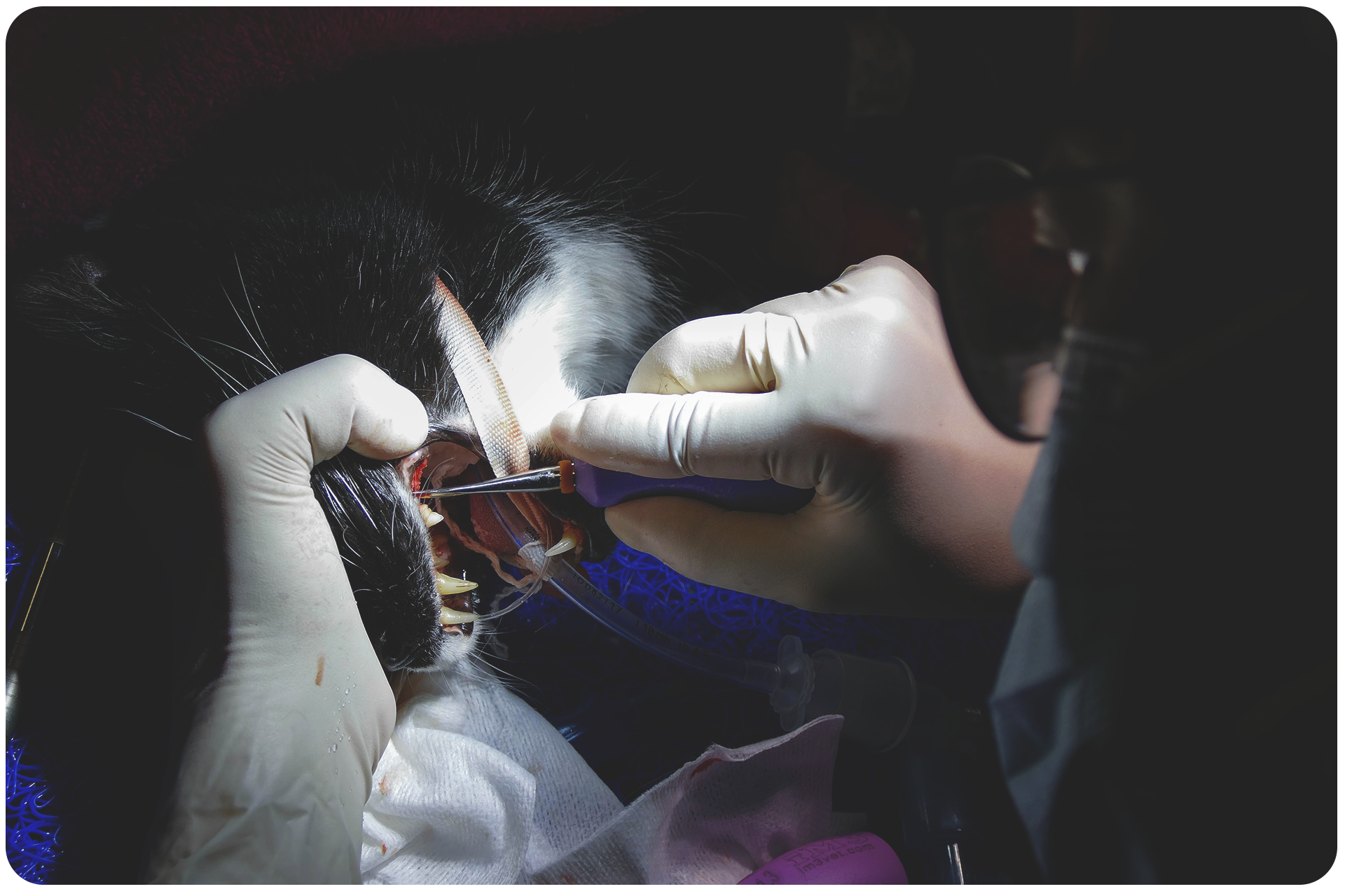Part 5: Ergonomics, Playing it Safe
Practical Tips Series to Improve Your Efficiency in Veterinary Dentistry
by Maggie Burley, Clinic Support & Education, iM3 | 18 Dec 2024
Using good ergonomic principles when designing your veterinary dental suite will reduce stress and fatigue for your team and your patients during dental procedures.

In this Series, we have examined how to improve efficiency in veterinary dentistry by Part 1: Reviewing your instruments, Part 2: Maintaining your instruments, Part 3: Investing in your Team and Part 4: Improving Workflow. Our last post discussed how an audit of your dental workspace can help improve workflow and some simple changes that can make a big difference – from streamlining processes and optimising your workspace to even a simple task like sorting your dental instruments.
In Part 5, the focus is on playing it safe by introducing good ergonomic principles while performing dental procedures to reduce stress and fatigue.
What is ‘ergonomics’?
Ergonomics is defined as the application of knowledge addressing the interactions between humans and the working environment (including atmosphere, heat, light and sound) as well as the tools and equipment used in the workplace. It involves the factors that affect our body’s movements and responses to the forces of specific tasks.
According to AVMA Veterinary Ergonomic Guidelines, risk factors that could lead to veterinary staff experiencing a musculoskeletal injury include sitting in awkward postures (eg neck bent at 30o; sustained position for extended periods of time) and highly repetitive motions (eg same motion with neck, shoulders, wrists or hands with little to no variation) and gave dentistry as examples of where these risks can occur.
How to improve the ergonomics in your dental suite
So, let’s look at how to improve the ergonomics in your dental suite.

1. Room Layout
A well-planned room layout ensures that the dental station is set up to support proper posture and reduce physical strain.
- Poor posture leading to musculoskeletal injuries has been discussed extensively in human dentistry, as seated in an awkward position for lengthy periods puts more strain on the spine than standing
- An ergonomic dental station is one where the staff member can maintain a neutral upright seated position, where equipment and instruments are located easily within reach
- An adjustable height table that is raised or lowered to provide optimal working height for differently sized users should be one of the primary considerations when improving ergonomics
- A saddle-sitting position in which the angle at the hip joints is about 45 degrees, with the hips in a position of wide abduction, mitigates most of the spinal musculoskeletal risk factors associated with sitting during dental procedures

2. Illumination & Magnification
Effective illumination and magnification are key to improving accuracy and supporting ergonomic health in veterinary dentistry.
- The introduction of ergonomically proper surgical telescopes, with co-axial illumination (parallel to line of sight), along with attention to the ergonomics of chair design have been demonstrated to prevent or eliminate chronic neck and upper back pain in most cases. DeForge DH. Physical Ergonomics in Veterinary Dentistry. Journal of Veterinary Dentistry. 2002;19(4):196-200
- Consider using loupes as they not only provide illumination and magnification reducing eye strain, but also encourages good posture that is correct for maintaining an upright and neutral neck and spine position.
- Key considerations when choosing Loupes: light weight, ergonomic frame design and most importantly, adjustable declination angle (DeForge, 2002) and natural light source.

3. Instruments & Equipment
Well-designed instruments and equipment are crucial for reducing strain and ensuring ergonomic comfort in veterinary dentistry.
- Height adjustments on dental units reduce over-extension. Curled or twisted waterlines act like a spring mechanism pulling on the user’s wrist – consider swivel couplings on handpieces reducing resistance, and a comfortable modified pen grip without muscle fatigue
- Weight, size, shape and material of hand instruments are essential considerations
- One size does not fit all! Luxators & Elevators – to prevent fatigue and strain injuries the handle should fit comfortably in the palm with the index finger extended to the working end for control. Too long and the clinician has to grasp harder putting both the patient and themselves at risk of injury.
- Consider light-weight, appropriate length instruments that are well maintained – sharp instruments significantly reduce risk of injuries and shortens the procedure length.
The time spent treating dental conditions in your patients is ever-increasing so it is vital to build good habits that ensure ergonomic work practices.
If you need help to ensure your dental equipment is as ergonomic as possible, contact the iM3 team at sales@im3vet.com, as we have a range of equipment and instruments that will improve the safety of both your team and your patients. We’re always happy to advise on the best equipment to suit the needs of your team.
